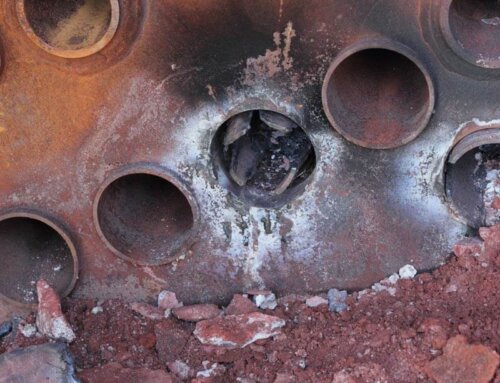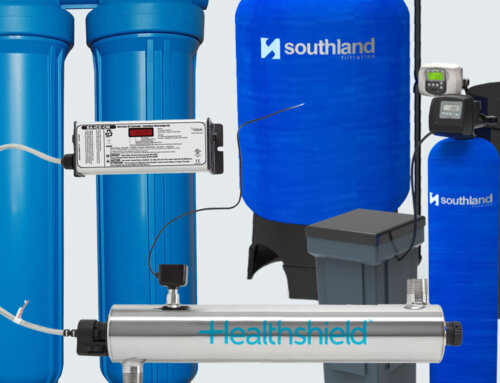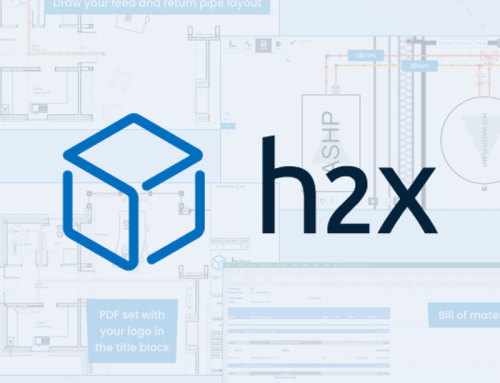Date: 01/06/2018
Read Time: 1 min 30 sec
Author: Andrew Cox
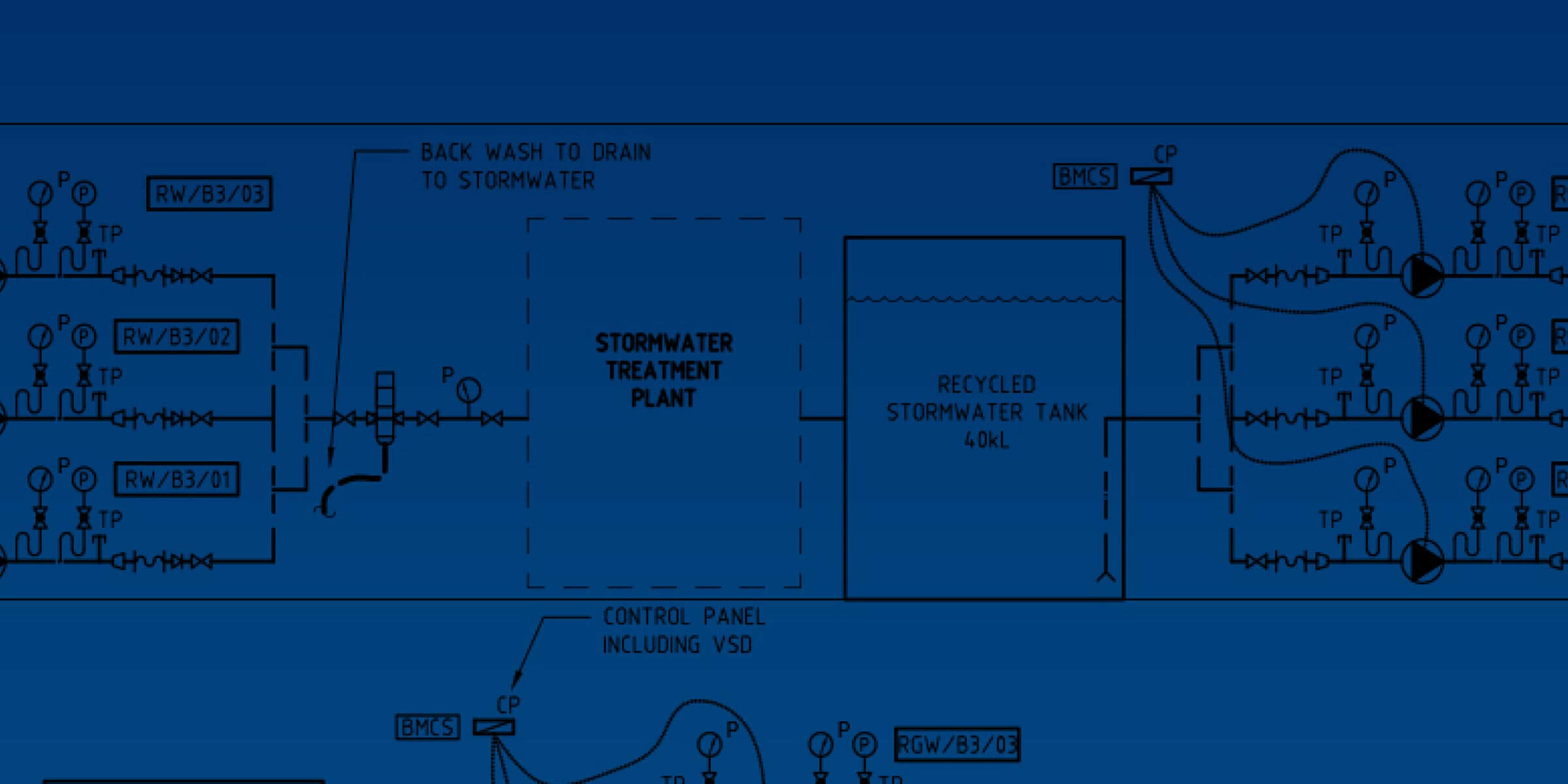
Key points:
- Consider whether above or below ground storage is suitable and if there’s enough space on-site. Footprint requirements vary from 3m² for small volumes up to 5000L to 12m² for medium-sized storages up to 20,000L.
- Assess how rainwater is collected and potential contaminants from roof or trafficable areas. Identify zones of contact during collection and likely pollutants.
- Determine if water will be used for irrigation, potable, drinking, or cooking, as filtration systems vary based on specific usage requirements.
Key Considerations
When specifying a rainwater harvesting treatment system for commercial or industrial application, it is important to consider the following:
1. Storage
Will it be above or below ground storage? Is there sufficient area on site for storage?
For small above ground stored rainwater volumes of up to 5000L, a footprint of up to 3m² will be required. For medium sized rainwater storages of up to 20,000L, a footprint of up to 12m² will be required.
2. Collection zone contaminants
How is the rainwater collected, and what are the possible contaminants?
Contaminants can enter the water supply from the roof or trafficable areas. Think about what zones the water comes in contact during the collection process, and the likely pollutants the water may have collected along the way.
3. Use
Is the water to be used for irrigation, potable, drinking or cooking?
Each rainwater harvesting filtration system is designed to meet the particular uses of water at the site. This is essential for public liability at commercial and industrial sites.
4. Human contact
Is it likely the harvested rainwater will come into contact with humans?
Some of the reasons that harvested rainwater that is to be in contact with humans needs to be treated, are documented on 10 reasons treating harvested rainwater is necessary.
5. Flow Rate
What is the flow rate and volume to be treated?
What rainwater harvesting filtration and where?
Harvesting rainwater has become a major strategy in today’s economic environment and now provides for a multitude of uses in both residential and commercial applications. Below is a chart showing the recommended filtration and disinfection equipment for each area of use for typical multi-residential and commercial applications.
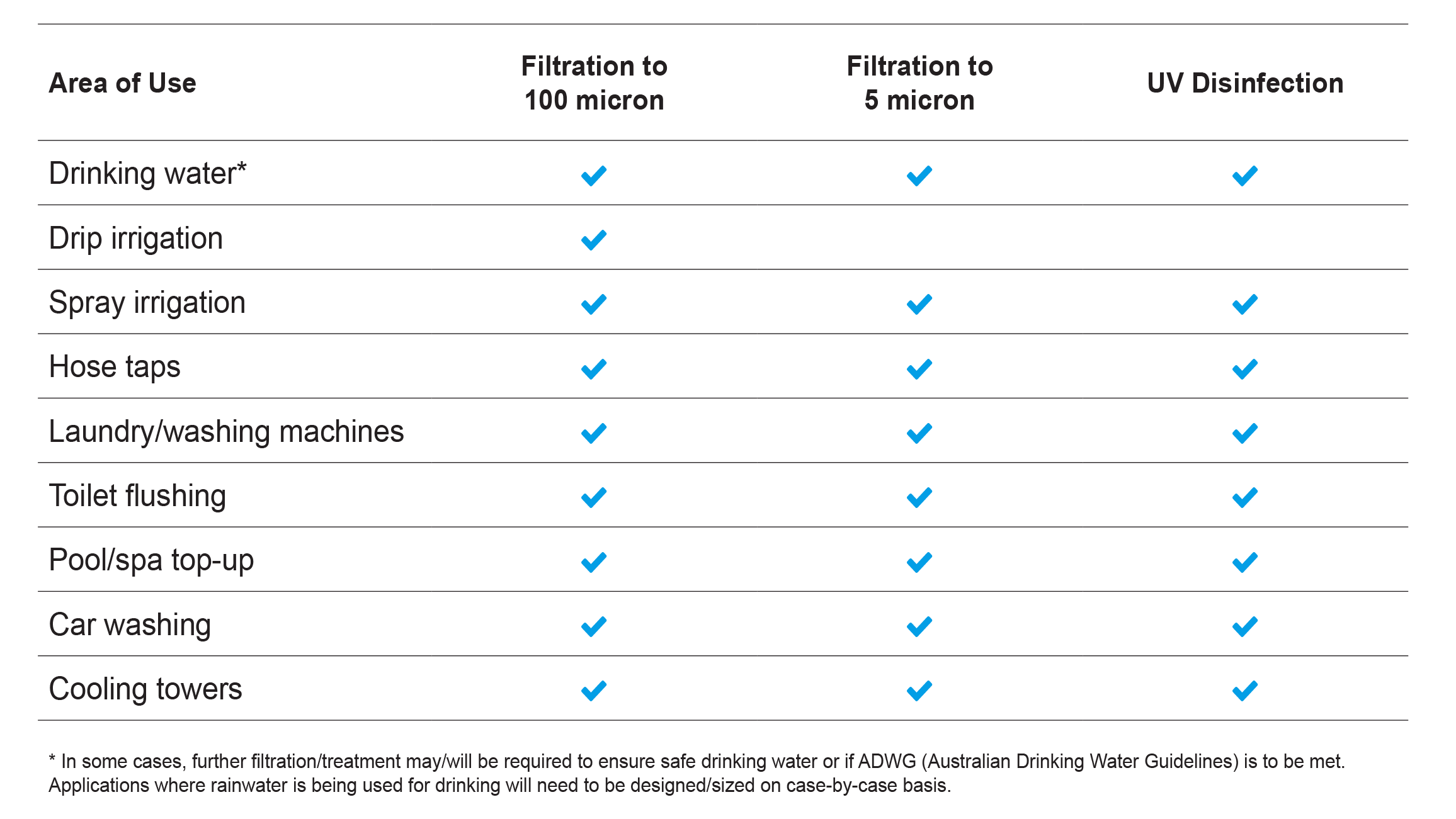
Want some more information?
You may also find our Guide to Rainwater Harvesting Filtration article helpful.
Contact us directly on 1800 656 771 or email Andrew.


